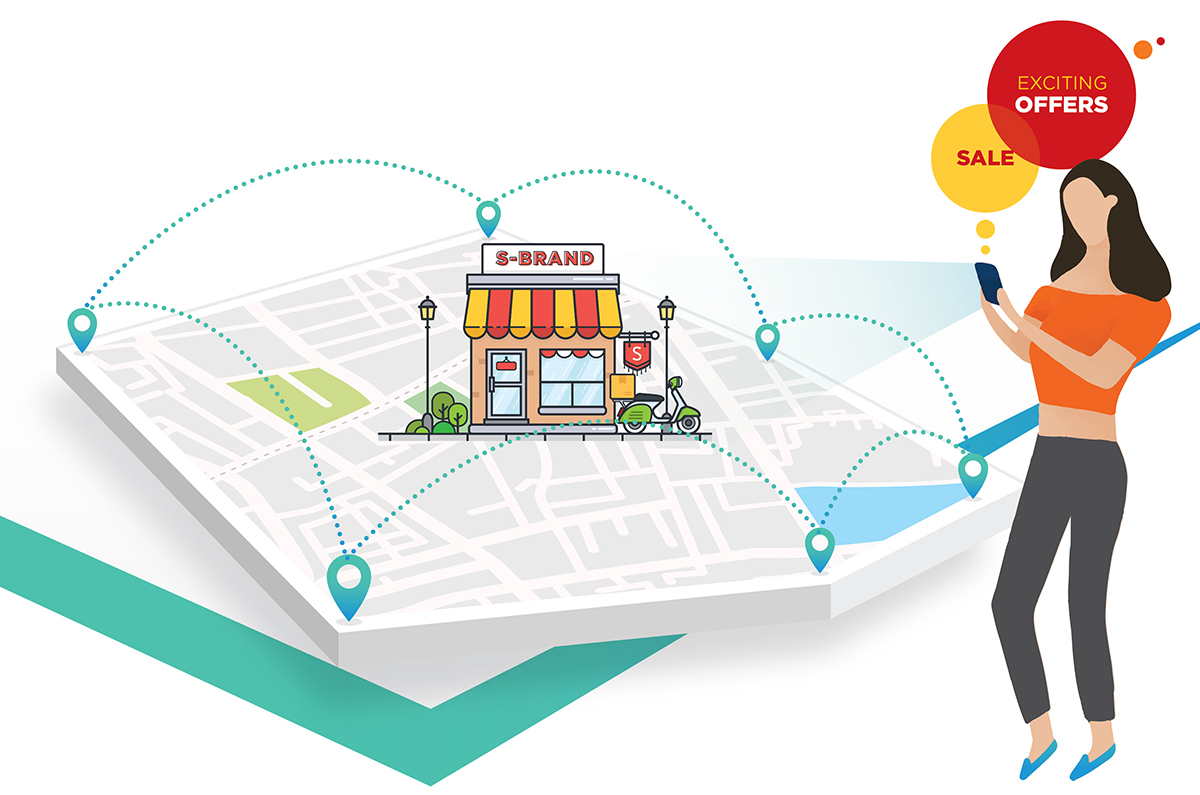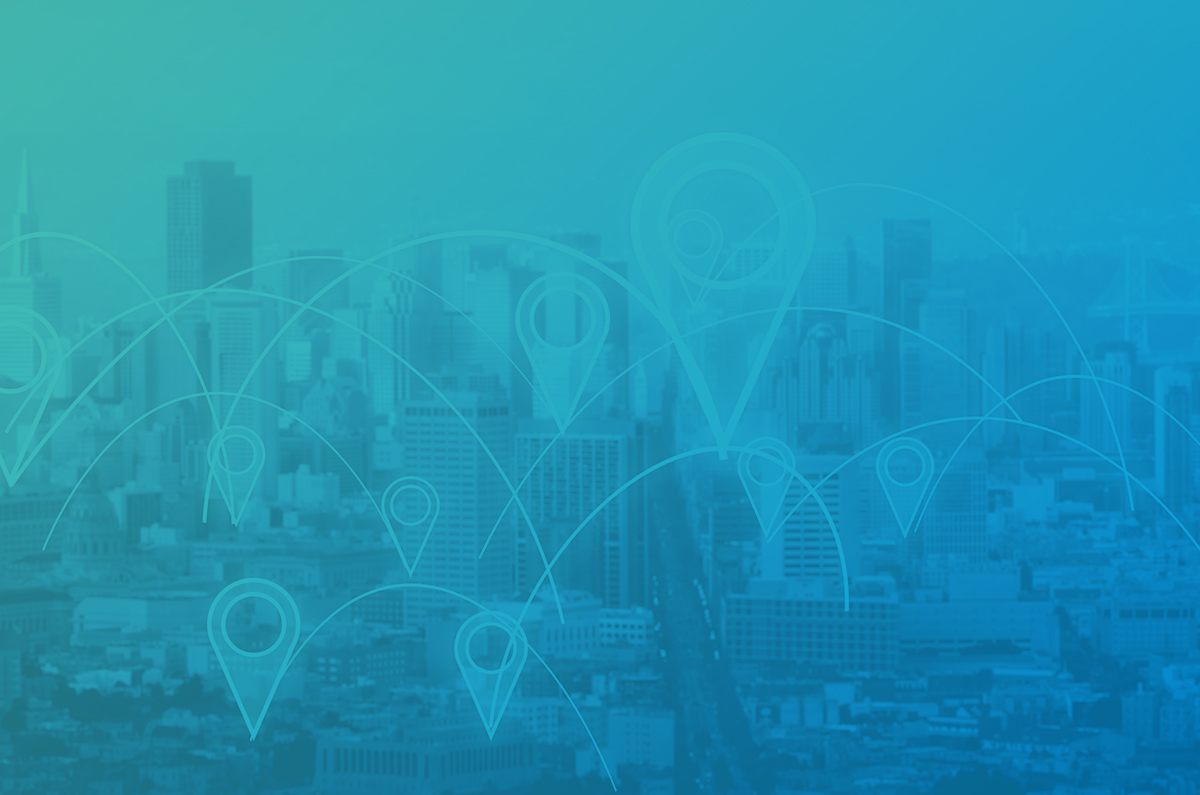
Month: July 2019
Whether it is cricket, football, table tennis or carrom, playing games has always been addictive. It entices them to play again and again achieving the incentives of that game. With the transformation of games from indoor/outdoor to mobile phones, we see people sticking to their phone in playing games for a longer time. Games like PubG, Pokemon Go and Candy Crush are just a few examples. Considering these aspects retailers have discovered a new way to include in their marketing strategy – Gamification.
Gamification enhances the capabilities to acquire, engage, and retain customers. It typically involves applying games to applications and introducing a fun element that helps enhance the user experience. Motivating the user to perform certain actions or behaviours.
According to a study conducted by Gigya, it was found that gamification boosts engagement by one third, with online commenting rising by 13%, social media sharing by 22%, and content discovery by 68%.
Nike, an international brand for manufacturing footwear recently applied gamification to engage their customers across the world. In order to give a boost to their marketing and sales operations, they introduced an app Nike+ for their users to track physical activities. From walking, running to exercise count, the app stored users data which eventually helped them to track their progress. To provide motivation factor app also displays the data of other Nike+ users which created a kind of competition within the users. They introduced leaderboards where one can view the status of which individual gathered more counts. Basically, this gamification model was implemented to motivate the user to stay active helping them to gear up their sports shoes market.
By implementing the game elements, Nike was able to control 57% of the market by 2007 and 61% by 2009. The bar kept increasing and in 2013, there were 11,000,000 Nike+ members and it’s still counting as mentioned in gamification co.
As a brand owner or a retailer if you are having an app than including gamification will definitely gear up your sales. It is time to start building your strategy from defining an objective, identifying the target audience, including innovation factor and justify your brand.
Now, let’s take a look at a few important elements of Gamification you need to include while creating a customer engagement strategy through gamification:
Rewards
Rewards are the best way to fuel motivation. They not only motivate the users to keep going but also tempts a player to carry out certain actions which they would have avoided otherwise. A brand can make their users feel positive by giving something unexpected in the form of a reward.
Points and Badges
Users get a feeling of encouragement through points and badges. Which then brings a sense of accomplishment, and self confidence regarding their skills, qualities and interests. While achieving points and badges, users feel quite happy as they can flaunt their capabilities among their fellow participants.
Discounts/Offers
Who does not love discounts? Hardly anyone. Brands can include discounts as the user gathers certain coins or crosses a certain number of levels in a day. Discounts always attract users to get the best deal that benefits them in saving money. It helps to drive engagement and loyalty. If any customer receives a discount, they are more likely to come back in future too.
Conclusion
If you are trying to move the needle and thinking of ways to improve customer engagement, gamification can make it happen easily. As long as gamification drives customer engagement, it will fulfil its potential to provide an offbeat user experience.
A platform like LEAP is a perfect example. With gamification feature included, it enables brands or retailers to implement a reward system where one can set different incentives as the user clears each level of the game. For detailed understanding of Location Enabled Advertising Platform schedule a demo at www.leap.ooo

In the times when the Internet was a heated topic and inconceivable fantasy, marketers had to find off-beat ways to reach their customers. When any customer passed by their store, they played flute to attract them. It was a tough but most effective way of selling in ancient days. Those times have gone by and now brands don’t have to put in so much effort to reach their customers. With the advent of the internet and technology, advancement brands can now fuse in user engagement at ease.
Mobile devices are an essential way of communication between brands and consumers. They help brands to get directly in touch with their customers. This shows user engagement has evolved from being 1-dimensional to being a 2-way channel. Brands can not only reach their users but users can also communicate with their favourite brands easily.
What is Geofencing?
You must have observed in science fiction movies that motion detectors send an alert if the actor enters the territory of the villain. Well, Geofencing works in a similar way creating a virtual boundary around a certain area with the help of technologies such as:
● GPS (Global Positioning System)
● RFID (Radio Frequency Identifiers)
“Did you know that as per SBWIRE’S report that the geofencing industry is expected to grow by 27.5% by the year 2022?”
From a map, you can draw and mark a specific geographical area and circle it with a digital barrier. This marked area can detect and communicate with mobile devices that fall into this territory. The creator of Geofence can send SMS, email, pushup notifications to the devices that enter into the marked area. This gives an opportunity to a marketer with three avenues to engage with users. When mobile device –
a. enters in the fence
b. exits the fence
c. remains parked in the fence
How Brands Can Leverage Geofencing Effectively?
Drive customers towards physical stores
Brands can send messages to the users who have interacted with a geofence in real-time. That message can be anything related to recent offers which lure them to visit their physical store.
Grow your sales with an increase in traffic
After applying point one, brands can convert their increasing traffic to the store from geofencing to product impressions and ultimately sales. It also depends on how well the offer has been pushed to its customers.
Create personalised customer experience
When brands engage with their customers at the right time, at the right place with the right message, it adds value to their brand experience. A personalized message that pops up for the benefit of a consumer from a trusted brand near them helps to create a positive and long-lasting impact.
Refine customer profiles with location data
Geofencing helps brands to separate their cream customers from the crowd. It enables them to collect useful data about their regular loyal users and connect the dots regarding their interest through behavioural data.
Compelling Use Cases of Geofencing
Dunkin Donuts
On World Donut Day, Dunkin Donuts released a geo-filter on Snapchat that gave a twist to a giant Donut over a person’s head. In order to unlock the filter, users had to visit the store. They also received a free Donut with an order of coffee.
BMW
BMW uses Geofencing for their newly launched advanced vehicles that have the new BMW trackstar. It adds an invisible geofence around the car. If the car moves beyond the geofence or anyone tries to access it without the key, it sends an alert to the owner.
Foursquare
Foursquare’s new Pilgrim SDK detects new locations of their users and delivers related recommendations sourced from their user community. The idea is to utilize user-generated content contextually and create a great customer experience.
Final Thoughts
According to marketing guru Seth Godin, we are living in the era of ‘Permission Marketing.’ Brands are hustling for new creative ways of engaging with their consumers. Marketing industry has adapted the technology accordingly and one of them is Geofencing.
With Geofencing, brands can enhance the value entering into their user’s lives resolving their issues or providing next level facilities. A location-based advertising platform like LEAP allows brands to connect with their consumers directly. It features advanced technology like GPS and RFID systems that enables them to send offers to those users who interact in the created geofence.
To learn more or for a quick product demonstration, you can contact us at leap.ooo.



